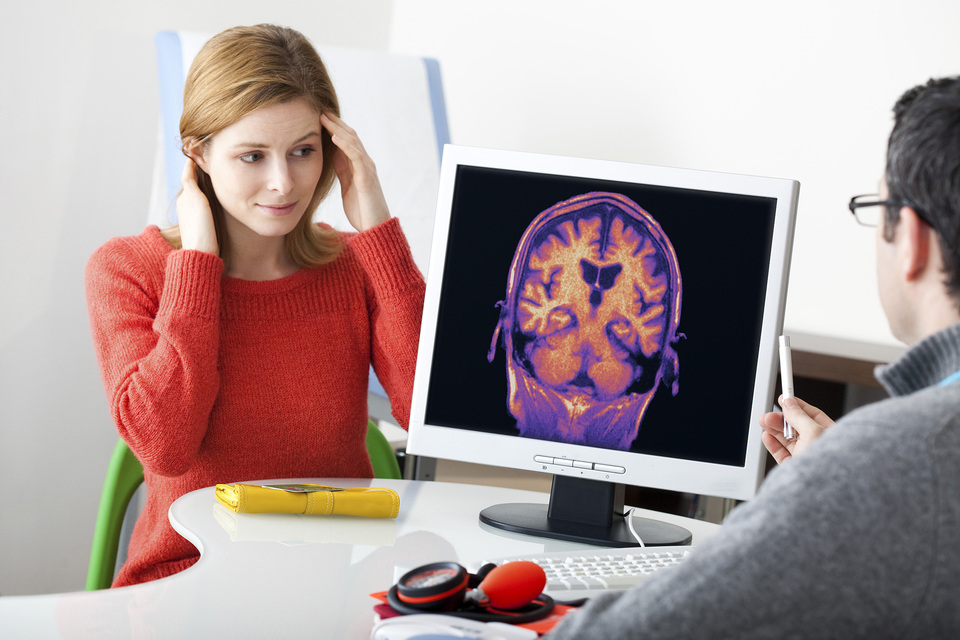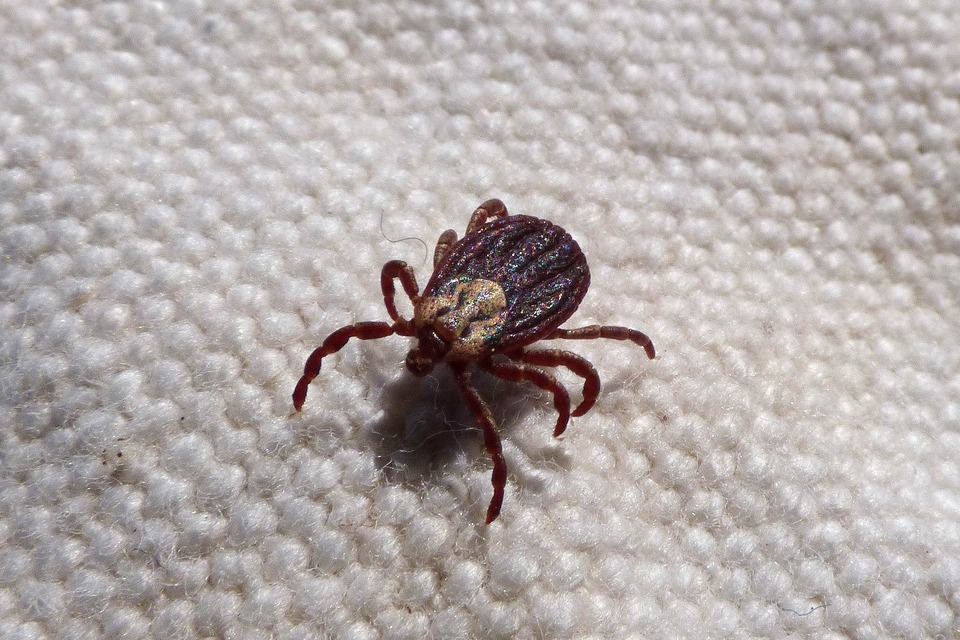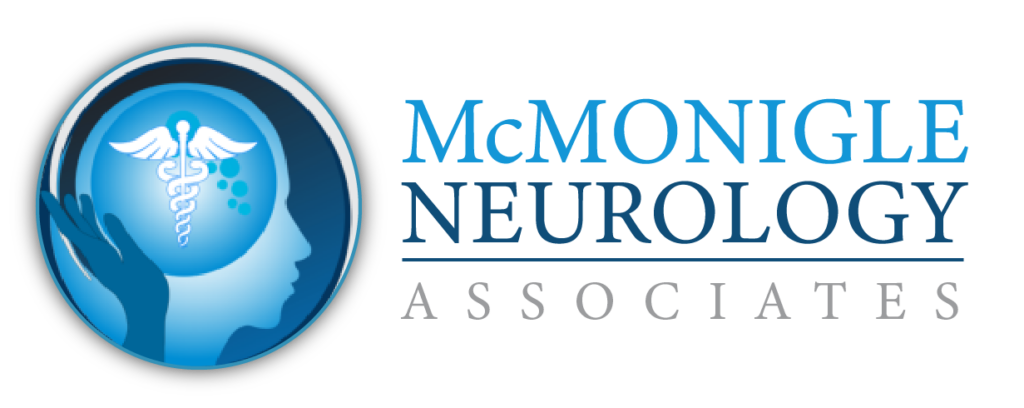McMonigle Neurology Associates

How We Can Help

Anxiety
HOW WE CAN HELP
If you are currently suffering from Anxiety and would like to know what your options are come in and make an appointment to see us at Dr. Jennifer McMonigle Medical PC of East Northport, NY. We’ll get to the bottom of what may have caused the problem and work with you to develop a relief plan going forward so you can get on with your normal life and activities.

Bell’s Palsy
HOW WE CAN HELP
[expander_maker id=”1″ more=”Read more” less=”Read less”]
ABOUT BELL’S PALSY
Bell’s Palsy is a condition that affects the function of the facial nerve. The term ‘palsy’ refers to a weakening and in this case, it is often the result of inflammation of the nerve. The characteristic symptom of Bell’s Palsy is a visible drooping of one side of the patient’s face. This can affect a person’s ability to close their mouth and eye. Although the precise cause of this condition is unknown, the general understanding is that Bell’s Palsy is likely caused by a viral infection in most cases. It has also been associated with Lyme disease and Sarcoidosis in other patients.
Early signs of the condition can be pain on one side of the face that originates just behind the ear. This general ache then develops into a subsequent weakness where the mouth and eyes are then affected. Patients have also described accompanying symptoms including an effect on their ability to taste, blurred vision, inability to wrinkle the forehead or raise the eyebrows. Also increased hearing, a tingling sensation, and tearing on the side of the face where the nerve is affected are common, as is difficulty with swallowing and chewing. The onset of these symptoms will vary in severity from person to person and may occur over a period of hours or days. It can be quite frustrating for patients to discover that the condition may take weeks to self-heal and usually the duration of recovery is directly related to how extreme the case is.
TREATMENT
The diagnosis of Bell’s Palsy is the first step to proper treatment. There currently isn’t a single test that will diagnose the condition but rather a range of tests to rule out other serious conditions such as a tumor or damage from outside injury. Imagining tests such as a CAT scan or MRI may be helpful in addition to bloodwork to determine if there is an accompanying vitamin deficiency. Your neurologist will look at a wide range of possibilities to determine the next course of action. Once Bell’s Palsy has been determined to be the cause of facial muscle weakness treatment can occur. Sometimes patients will be prescribed a short course of prednisone, a steroid intended to reduce nerve inflammation. Antiviral medications may also be prescribed. To deal with the actual muscle weakness physical therapy or massage therapy may help move things along more quickly and aid recovery.
[/expander_maker]

Carpal Tunnel
HOW WE CAN HELP
[expander_maker id=”1″ more=”Read more” less=”Read less”]
RISK FACTORS
You may associate Carpal Tunnel Syndrome with tasks like typing but the reality is that many repetitive motions or other medical conditions can contribute to this painful condition. If you’re suffering from Carpal Tunnel you may have experienced the feeling of pins and needles in different parts of your hand, fingers, and wrist. You may be surprised to find out there are various risk factors for Carpal Tunnel that can include genetic predisposition, wrist injury, overuse and repetitive motions associated with work, and rheumatoid arthritis among others. Given how often we use our hands for everyday activities, finding relief from this condition is critical to improving quality of life.
ABOUT CARPAL TUNNEL SYNDROME
Carpal Tunnel Syndrome (CTS) is a fairly common disorder that occurs when the median nerve in the wrist is pinched or compressed. The name itself comes from the ‘tunnel’ or passageway, called the Carpal Tunnel, created by bones and ligaments that surround the nerves in this wrist area. Being quite a small space, when inflammation, swelling or injury occur, everything within this tunnel can become compressed and this is when someone might begin to experience symptomatic pain in their hands and wrist.
While the symptoms can begin as an uncomfortable numbness, overtime it may progress to more serious issues that result in loss of movement or range of motion in the thumb and first to third digits of the hand. If left untreated, the compressed nerve can affect the quality of the muscles in the hand.
TREATMENT
The first step in treating Carpal Tunnel is to make sure the correct diagnosis is made. Your doctor will ask about the type of pain you are experiencing and also take a look at the afflicted area in a clinical setting. While the symptoms might definitively point to Carpal Tunnel Syndrome it might also be appropriate to do blood tests to determine if there is another underlying condition contributing to your Carpal Tunnel (for example diabetes, thyroid disease, or arthritis). Sometimes an x-ray or ultrasound may be used to determine if there is further evidence of injury that must be addressed.
In terms of the treatment options for Carpal Tunnel, once a diagnosis is made, you’ll be able to confer with your doctor about the best way to go forward. The management of this disorder is very much dependent on the cause. Possible treatments may include rest, physical therapy, behavior modification to avoid repetitive injury, wrist splints, anti-inflammatory medications, Vitamin B6, steroid injection, or surgery. Thankfully, the treatment of Carpal Tunnel Syndrome is generally very effective.
[/expander_maker]

Depression
HOW WE CAN HELP
[expander_maker id=”1″ more=”Read more” less=”Read less”]
AN ADVANCED WAY TO TREAT DEPRESSION
McMonigle Neurology has recently invested in a Neurostar TMS machine to treat depression. NeuroStar delivers our advanced and unique form of TMS (transcranial magnetic stimulation), a non-invasive therapy that uses targeted magnetic pulses to stimulate areas of the brain that are underactive in people suffering from depression.
– Non-drug, non-invasive
– ADA cleared technology
– No medication side effects
– Covered by many insurances
CLINICAL DEPRESSION
Already having a neurological condition such as epilepsy, dementia, and Parkinson’s disease can increase your chances of also suffering from depression. There is still uncertainty about whether this relationship occurs as a reaction to the existing neurological illness or if it is a product of similar neurological damage. It is difficult to pinpoint the direct cause of clinical depression and for this reason, it requires a lot of patience to treat and manage. Biochemical changes, environmental conditions, and social isolation may all feed into the severity of a person’s depression. One treatment option we offer is TMS therapy. It is non-invasive, ADA cleared, non-drug, covered by most insurance providers, and has no medication side effects.
ABOUT CLINICAL DEPRESSION?
Clinical depression, also called major depression, is a disorder that affects a person’s mental health. Feeling ups and downs during the day is not uncommon but when the depressive state is more persistent and is coupled with a lack of interest in activities that used to bring joy, this may be something more serious and point to clinical depression. When this continued depressive state begins to impact daily life is usually the time that people seek out treatment.
CAUSES
It is difficult to pinpoint any single cause for clinical depression. Usually, it is a combination of biochemistry, social stimuli, psychological considerations, and other events that may induce distress. While we may not be able to determine the exact origin of a person’s depression, we do know that different variables can contribute to the condition so it is important to the patient’s circumstances as a whole.
TREATMENT
Diagnosing clinical depression and separating it from a number of other different conditions is often quite complex. There is still so much to learn about the relationship between mental health and physical health. It is clear there is a biochemical component in certain cases, but how this mechanism works is vague. This is still a field of study that is being explored extensively, however, there is a wide range of treatments that can be used to improve a person’s mental health. Psychotherapy that helps someone regulate their emotional state may work for some. For others, medications may be the best option. For others, TMS therapy may be the best option. A complete assessment of your overall health may hold some clues as to the best way to plan your treatment. Your neurologist will put you through a thorough evaluation to ensure that all options are on the table.
[/expander_maker]

Lyme Disease
HOW WE CAN HELP
[expander_maker id=”1″ more=”Read more” less=”Read less”]
LYME DISEASE DIAGNOSIS
Lyme Disease can be an incredibly frustrating condition to live with. If caught in the early stages it can be effectively treated and cured with simple antibiotics. However, if left longer the condition can begin to affect a wide range of bodily systems including the heart, joints, and nervous system. Even with swift treatment, the symptoms of tiredness and achiness can last for months afterward and significantly impact a person’s ability to go about their lives.
ABOUT LYME DISEASE
Lyme Disease is a condition caused by a bacterial infection. People are infected when they come into contact and are bitten by a tick carrying this specific bacteria. For this reason, people who work in and live near heavily wooded areas or frequently hike may increase their exposure to infected ticks and can be more susceptible to contracting Lyme Disease.
The very first, and most distinctive, visible sign that someone has contracted Lyme Disease is the presence of a bullseye pattern rash around the tick bite area. This can be accompanied by a headache in the early days and later joint and muscle pain may be present. Fever, fatigue and general malaise are also symptomatic of the condition. Flu-like symptoms such as chills, sore throat, abdominal pain, and nausea have also been reported by sufferers. If left untreated the symptoms will likely worsen over time, so it is essential that treatment occurs as quickly as possible before complications can set in.
TREATMENT
Before treatment can happen your doctor will need to perform tests to confirm your condition. If signs and symptoms point to Lyme Disease, you will be given a blood test to confirm that you have indeed been exposed to the offending bacteria. It is also possible to test the fluid in the joints for this bacteria. A number of different treatments are available to manage Lyme Disease including antibiotics to counter bacterial infection and pain medication. If the bacteria have spread further throughout the body and other systems are being affected it may be necessary to deal with those individual conditions that arise as well. Most cases of Lyme Disease, if treated early can be cured within two to 4 weeks with the correct course of antibiotics. In other patients, the symptoms may be present for a duration of 6 months after the original treatment.
[/expander_maker]

